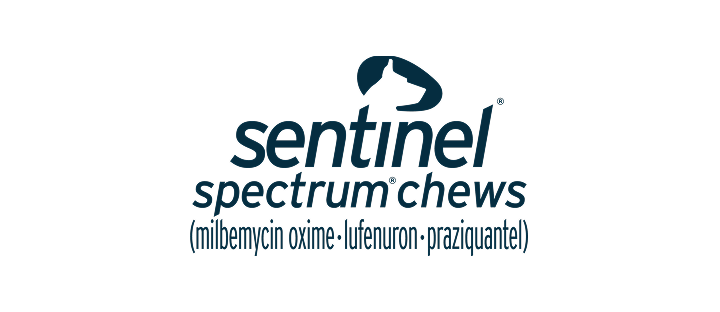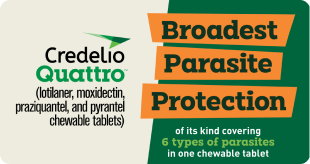Fluconazole Compounded
Prescription required.
You already have a

subscription.
You already have a

subscription in cart.
Prescription required.
You already have a

subscription.
You already have a

subscription in cart.


What is Fluconazole Compounded?
Fluconazole Compounded is an anti-fungal medicine that is used to treat a variety fungal infections, including yeast infections. It is typically used to treat skin infections, and more intense fungal infections of the lungs and other organs that can occur after your pet inhales fungus from infected soil. Fluconazole is often used in pets who have been unable to tolerate other types of anti-fungal medication. It is also used for difficult-to-treat fungal infections, such as those that have spread to internal organs. Compounding is beneficial in instances where a specific dosage is unavailable or in different forms to make it easier to dose your pet. Fluconazole Compounded requires a prescription from your veterinarian.
Please Note:
Custom compounds add 2-3 business days to prepare and cannot be shipped to AK, AL, DC, DE, GU, HI, ID, KS, MS, MN, MT, NC, ND, OK, PR, SD, VI, VT, WV, or WY.
For:
Dogs & Cats
Benefits:
- Treats fungal infections including yeast
- Frequently used in pets unable to tolerate other types of antifungal medications
How it Works:
The active ingredient within the medicine kills the fungus that causes infections by interfering with the cell membranes of the fungus. This inhibits growth of the fungus, which keeps the fungal cells from reproducing, and eventually eradicates the infection.
Cautions:
Fluconazole can interact with many other drugs. It is important to tell your veterinarian about any other medications, vitamins, or supplements your pet is taking before giving fluconazole to your pet. Do not give to pets who have liver disease or impairment. If your pet has kidney disease or kidney failure, discuss the risks versus benefits with your veterinarian before giving fluconazole. Do not give to pregnant animals or animals that are nursing unless your veterinarian says the benefits outweigh the risks. Do not give fluconazole to any pets who are sensitive or allergic to other "azole" anti-fungal medications, such as ketoconazole. If you have any concerns about this medication, talk with your veterinarian before giving it to your pet.


Fluconazole Compounded Directions:
- Give fluconazole to your pet with food and always make sure your pet has plenty of fresh water to drink while taking this medication.
- Do not give fluconazole within 2 hours of giving antacids because it could affect the dosage your pet receives.
You may not notice a visible improvement until you've been treating your pet for 1 to 2 weeks, and you may need to treat your pet with fluconazole for several months. Make sure you continue giving the prescription to your pet until the end of the treatment regimen unless your veterinarian specifically directs you to discontinue giving fluconazole. Your pet may feel better, and you may notice an improvement in visible fungal infections before the treatment has ended, but it's important to complete the treatment to prevent a relapse and to prevent the possibility of future resistance to fluconazole or other antifungal medications.
Fluconazole Compounded Dosage:
| Weight | Dosage |
|---|---|
| All weights | Dosage and how frequently you will need to administer the medication depends upon the particular infection being treated. Follow your veterinarian's instructions. |
| Weight | Dosage |
|---|---|
| All weights | Dosage and how frequently you will need to administer the medication depends upon the particular infection being treated. Follow your veterinarian's instructions. |
| Horses | Do not use! |
|---|
Storage:
Store this product at room temperature in child-proof containers. Keep out of reach of children and pets.


What is a Compounded Medication?
A compounded medication is the creation of a particular medication to fit the unique needs of a patient, including changing the form of the medication (e.g., from a solid pill to a liquid) for a variety reasons (e.g., to make it easier to take, to avoid a non-essential ingredient, to obtain the exact dose needed, adding favorite flavors).
If you are having difficulty giving your pet prescribed medication or need to find a discontinued medication, 1-800-PetMeds offers compounding services on select medications. We can prepare the following: (1) custom strength quantities of a medication (as capsules, liquid, chewable tablets, or transdermal (absorbed through the skin); (2) dosage forms to mask bitter or unpleasant taste (such as capsules or chewable tablets that can also be flavored); (3) dosage forms to make it easier to dose your pet such as a transdermal or liquid (that can also be flavored); and (4) discontinued products such as cisapride or DES.


 Swipe
Swipe










































